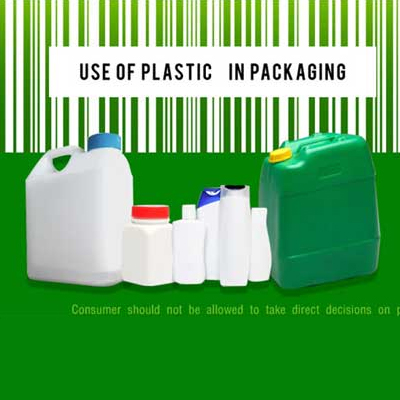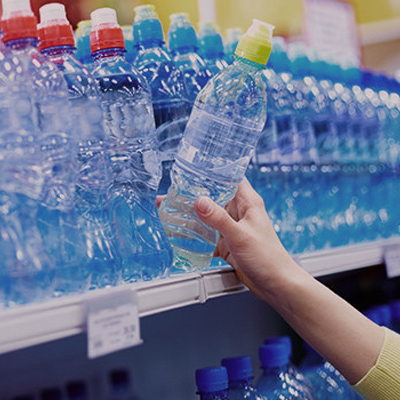How to Maximize the Benefits of Robotic Packaging Systems?

Introduction:
Robotic packaging systems have become integral components in modern manufacturing, offering unparalleled efficiency, precision, and adaptability. To maximize the benefits of these systems, companies must carefully plan, integrate, and optimize their robotic solutions. This guide outlines key strategies for getting the most out of robotic packaging systems, covering aspects such as system design, tooling, programming, maintenance, and continuous improvement.
1. Thorough Planning and System Design:
- Analysis and Goal Setting: Begin by conducting a detailed analysis of your packaging requirements, considering factors like product types, production volumes, and desired outcomes.
- Customization: Tailor the robotic system to meet your specific needs, ensuring that it seamlessly integrates with existing production processes.
- Scalability: Design the system with scalability in mind to accommodate future growth and changes in production demands.
2. Choose the Right Robotic System:
- Product Compatibility: Select a robotic system that aligns with the characteristics of your products, including size, weight, and packaging specifications.
- Performance Parameters: Evaluate factors such as speed, payload capacity, and reach to ensure the chosen robotic system meets your production requirements.
- End-of-Arm Tooling: Consider the availability of versatile end-of-arm tools to handle a diverse range of products.
| Also Read: Innovative Solutions: Robotic Packaging in Modern Manufacturing |
3. End-of-Arm Tooling Optimization:
- Versatility: Utilize specialized end-of-arm tools that can adapt to various packaging requirements, enabling the system to handle different products efficiently.
- Quick Changeovers: Optimize end-of-arm tooling for rapid changeovers, allowing the robotic system to seamlessly transition between different packaging formats.
4. Integration with Vision Systems:
- Quality Control: Incorporate vision systems to ensure high-quality packaging by detecting defects, verifying labels, and maintaining accurate product positioning.
- Adaptability: Implement vision-guided robotics to accommodate variations in product size and placement, enhancing the system's adaptability.
5. Programmability and Flexibility:
- Ease of Programming: Choose robots that are user-friendly and easily programmable, facilitating quick adjustments to accommodate different packaging tasks.
- Task Flexibility: Ensure the robotic system can handle a variety of packaging tasks, allowing for flexibility in production and minimizing the need for manual intervention.
6. Efficient Programming and Simulation:
- Optimized Movements: Invest time in efficient robot programming to maximize speed, accuracy, and overall system performance.
- Simulation Tools: Utilize simulation tools to model and optimize robotic movements, reducing cycle times and minimizing errors in the actual production environment.
7. Collaborative Robots (Cobots):
- Human-Robot Collaboration: Consider the use of collaborative robots (cobots) for tasks that require close interaction with human workers, enhancing overall flexibility and safety in the packaging process.
- Adaptable Work Environments: Cobots are designed to work alongside human operators, making them suitable for dynamic production environments with changing requirements.
8. Monitoring and Maintenance:
- Performance Monitoring: Implement a robust monitoring system to track the performance of the robotic packaging system, identifying potential issues or inefficiencies.
- Scheduled Maintenance: Establish a regular maintenance schedule to prevent downtime, prolong the lifespan of robotic components, and ensure continuous optimal functioning.
9. Employee Training:
- Operational Training: Provide comprehensive training for employees responsible for operating and maintaining the robotic system, ensuring they have the necessary skills to handle routine tasks and troubleshoot issues.
- Cultural Integration: Foster a positive organizational culture that embraces automation, emphasizing the collaboration between human workers and robotic systems.
10. Continuous Improvement:
- Performance Reviews: Regularly review and assess the performance of the robotic packaging system, identifying areas for improvement in terms of efficiency, accuracy, and overall productivity.
- Adaptive Upgrades: Implement upgrades or modifications based on feedback and evolving production needs, ensuring the system remains at the forefront of technological advancements.
11. Energy Efficiency:
- Energy-Efficient Components: Optimize the energy consumption of robotic systems by selecting energy-efficient components and technologies.
- Motion Sensors: Implement motion sensors to minimize energy usage during idle times, contributing to overall energy efficiency in the packaging process.
12. Data Analytics and Connectivity:
- Data-Driven Insights: Implement data analytics tools to gather insights into packaging efficiency, identifying patterns, and areas for improvement.
- Integration with Manufacturing Systems: Connect the robotic packaging system with other manufacturing systems to improve coordination, streamline information flow, and enhance overall production efficiency.
| Also Read: Precision and Speed: The Evolution of Robotic Packaging Systems |
By following these strategies, companies can ensure that their robotic packaging systems are not only efficient and reliable but also adaptable to the dynamic demands of the modern manufacturing landscape. This comprehensive approach maximizes the benefits of automation, contributing to increased productivity and competitiveness in the market.









